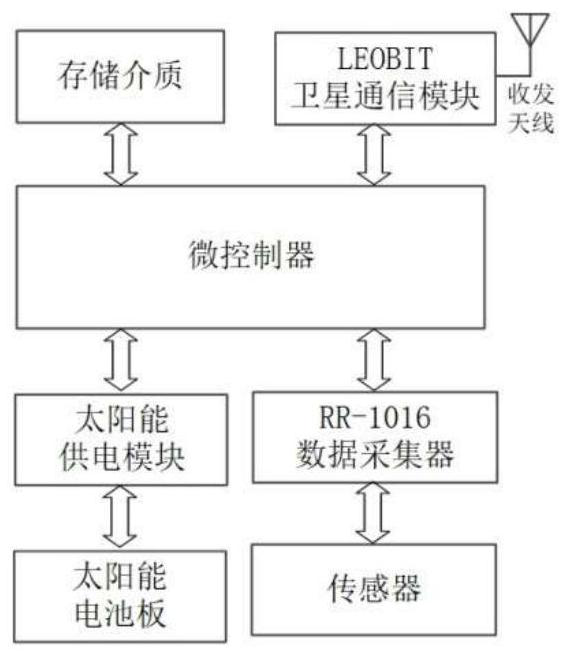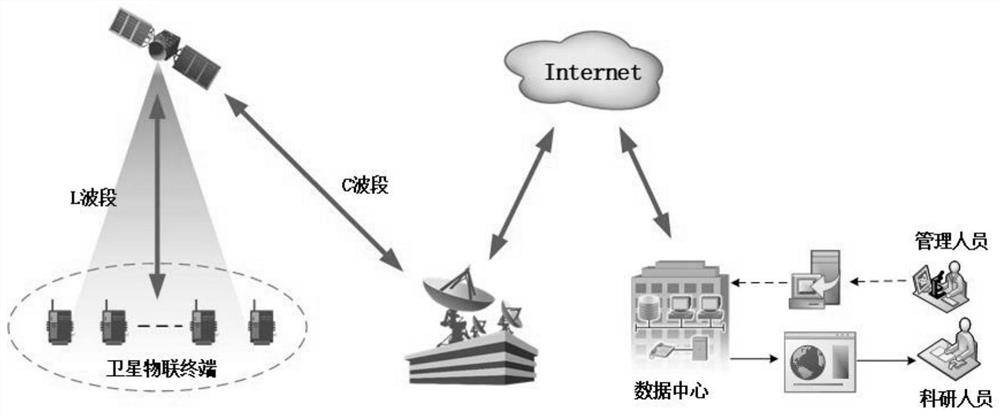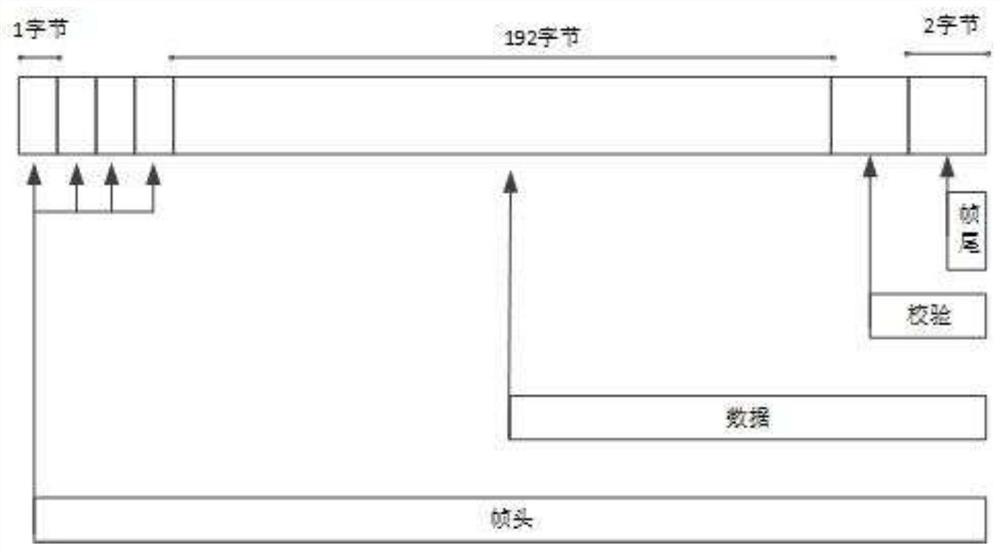Environment monitoring method for non-public network area based on Internet of Things satellites
An environmental monitoring and Internet of Things technology, applied in the data field, can solve the problems of insufficient monitoring of key parameters, difficult to realize real-time transmission of extreme environmental monitoring data, and difficult to form a continuous monitoring data set in time and space, and achieve the effect of ensuring effectiveness.
- Summary
- Abstract
- Description
- Claims
- Application Information
AI Technical Summary
Problems solved by technology
Method used
Image
Examples
Embodiment Construction
[0058] In order to better explain the present invention and facilitate understanding, the present invention will be described in detail below through specific embodiments in conjunction with the accompanying drawings.
[0059] Satellite Internet of Things is composed of ground satellite IoT terminals, satellite constellations, ground gateway stations, data centers, etc. It has the characteristics of wide coverage and high real-time performance. Especially for extreme areas without public network coverage or difficult for humans to reach, long-term, stable, and reliable ground fixed-point monitoring can be carried out through satellite-based remote Internet of Things, thereby solving the problem of lack of ecological environment monitoring data in extreme areas.
[0060] Such as Figure 1 to Figure 4 As shown, the present embodiment provides a method for environmental monitoring of a non-public network area based on Internet of Things satellites, the method comprising:
[0061...
PUM
 Login to View More
Login to View More Abstract
Description
Claims
Application Information
 Login to View More
Login to View More - R&D
- Intellectual Property
- Life Sciences
- Materials
- Tech Scout
- Unparalleled Data Quality
- Higher Quality Content
- 60% Fewer Hallucinations
Browse by: Latest US Patents, China's latest patents, Technical Efficacy Thesaurus, Application Domain, Technology Topic, Popular Technical Reports.
© 2025 PatSnap. All rights reserved.Legal|Privacy policy|Modern Slavery Act Transparency Statement|Sitemap|About US| Contact US: help@patsnap.com



